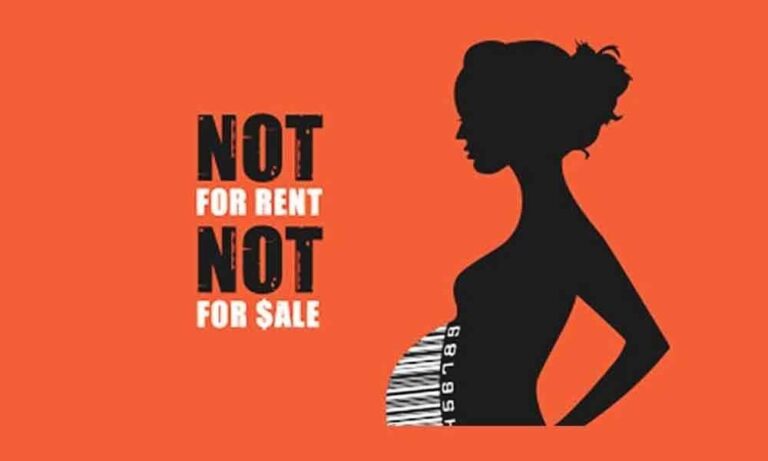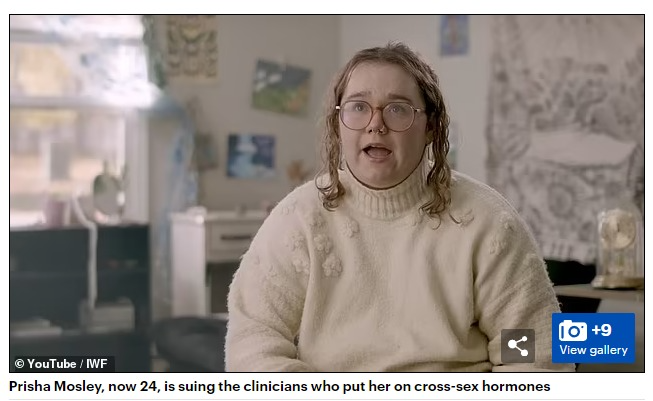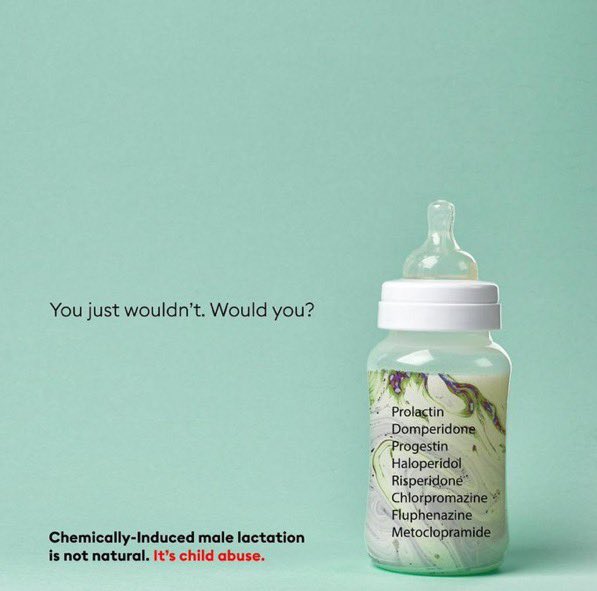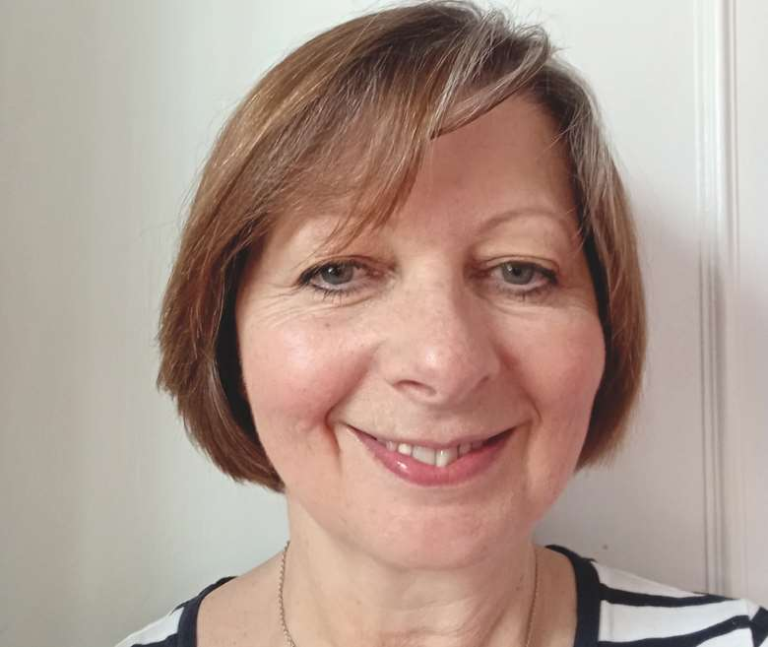A doctor told Mosley she would 'grow a penis' from testosterone jabs
Medics were more interested in money and glory than helping her, it is claimed
Read more about Mosley's efforts to raise funds to reconstruct her chest
In her 53-page complaint, she says her doctors 'lied', including by saying testosterone jabs would solve her problems and make her 'grow a penis.' She has since decided to 'detransition' and live as a woman, and seeks financial damages. The treatments left irreversible scars, she says, including a deep voice, body and facial hair, pain in her neck and shoulders, a damaged vagina, and she will not be able to breastfeed and may be infertile.










